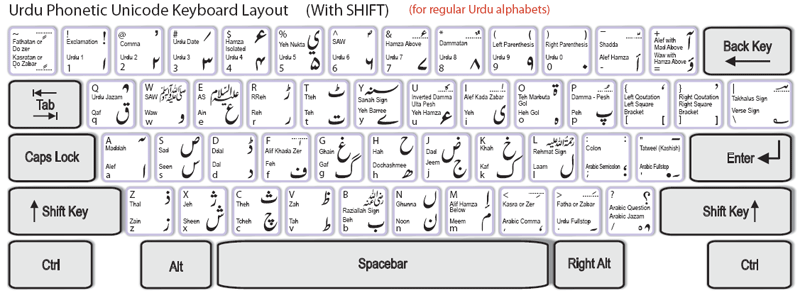
The Sun keyboards are available in two basic layouts for a particular language, the UNIX layout and the PC Layout. In bahamat's photos below, the top photo of the Sun Type 6 has the PC layout and, below, the Sun Type 7 has the UNIX layout. @aissacf is correct; the Type 6 and 7 keyboards with the UNIX layout are exactly the same and the Type 6 and 7 keyboards with the PC layout are also exactly. Jun 30, 2006 - The following shows the one that is the keyboard for Sun Ultra 5. As a server, it is one of the test bed for releasing our ecommerce software.
Just thought I`d post this in case anyone else is having this problem. I just got a HHKB Pro JP today and had a devil of a time setting up the keyboard to use the Japanese layout that is printed on the keys - which was annoying when I couldn't find little things like the pipe key. Just installing the Japanese keyboard input was not sufficient - the bindings were still standard US 101. After some trials and tribulations, I figured out the solution by piecing together various posts and some trial and error. First install the Japanese keyboard (not IME) using the regional settings. Katalog zapchastej gazelj 32213. Then go to Devices and Printers - not Device Manager - and right click on the HHKB entry and select Keyboard Settings.
From here, select the Hardware tab. Highlight the Standard PS/2 entry and click Properties. In the General tab, click Change Settings. In the window that opens, choose the Driver tab.
Hit Update Driver and in the wizard dialog that comes up, choose Browse my computer for driver software. [EDIT: As per below, faster solution: Go to Device Manager, Select Keyboards, Select the Standard PS/2 device and continue as above.] In the next window, hit Let me pick from a list of device drivers on my computer. Now uncheck the Show compatible hardware. On the left side of the next window, choose (Standard keyboards) - which should be the default focus.
On the right side scroll up to Japanese PS/2 keyboard (106/109 Key Ctrl + Eisuu), click that entry and then Next. Click Yes on the Update Driver Warning dialog. You will then be prompted to reboot. It`s probably not strictly needed, but do so anyway. When Windows restarts, use Alt+Shift to switch to JP input. The HHKB should now function as the key labels indicate. Sorry if this was common knowledge, but I googled quite a bit for this and I still needed to figure this out on my own.
Hope this helps someone as many posts here have helped me over the years. Adam On the go: HHKB Pro JP Black TG3 KBA-BL82-5RBUVS Apple Compact Aluminum (USB and BT) G84-4100PTMUS Filco Zero Fukka Tenkeyless (broken, for the moment) At home: IBM/Maxiswitch M13 Black + Nostromo n52 + Logitech diNovo Mini G80-11903LPMUS/03 Model F (AT) with Keypatch 10 G80-8113HRBUS-2 TG3 KBA-BLT-5RBIVS Deck 82 Toxic G84-4100PTMUS Other Pieces: FrogPad Bluetooth, (right hand) Datahand DH200 Chicony KB-5181 AEKII Power Computing/Macally MK 105X Sun Type 6 USB Sun Type 5c Airlink/Dolch Luggable K6 with Blue Cherries.
Quote from: alipstadt;145296 Just thought I`d post this in case anyone else is having this problem. Download video upin ipin 2012 free. I just got a HHKB Pro JP today and had a devil of a time setting up the keyboard to use the Japanese layout that is printed on the keys - which was annoying when I couldn't find little things like the pipe key. Just installing the Japanese keyboard input was not sufficient - the bindings were still standard US 101. After some trials and tribulations, I figured out the solution by piecing together various posts and some trial and error.

First install the Japanese keyboard (not IME) using the regional settings. Then go to Devices and Printers - not Device Manager - and right click on the HHKB entry and select Keyboard Settings. From here, select the Hardware tab. Highlight the Standard PS/2 entry and click Properties.